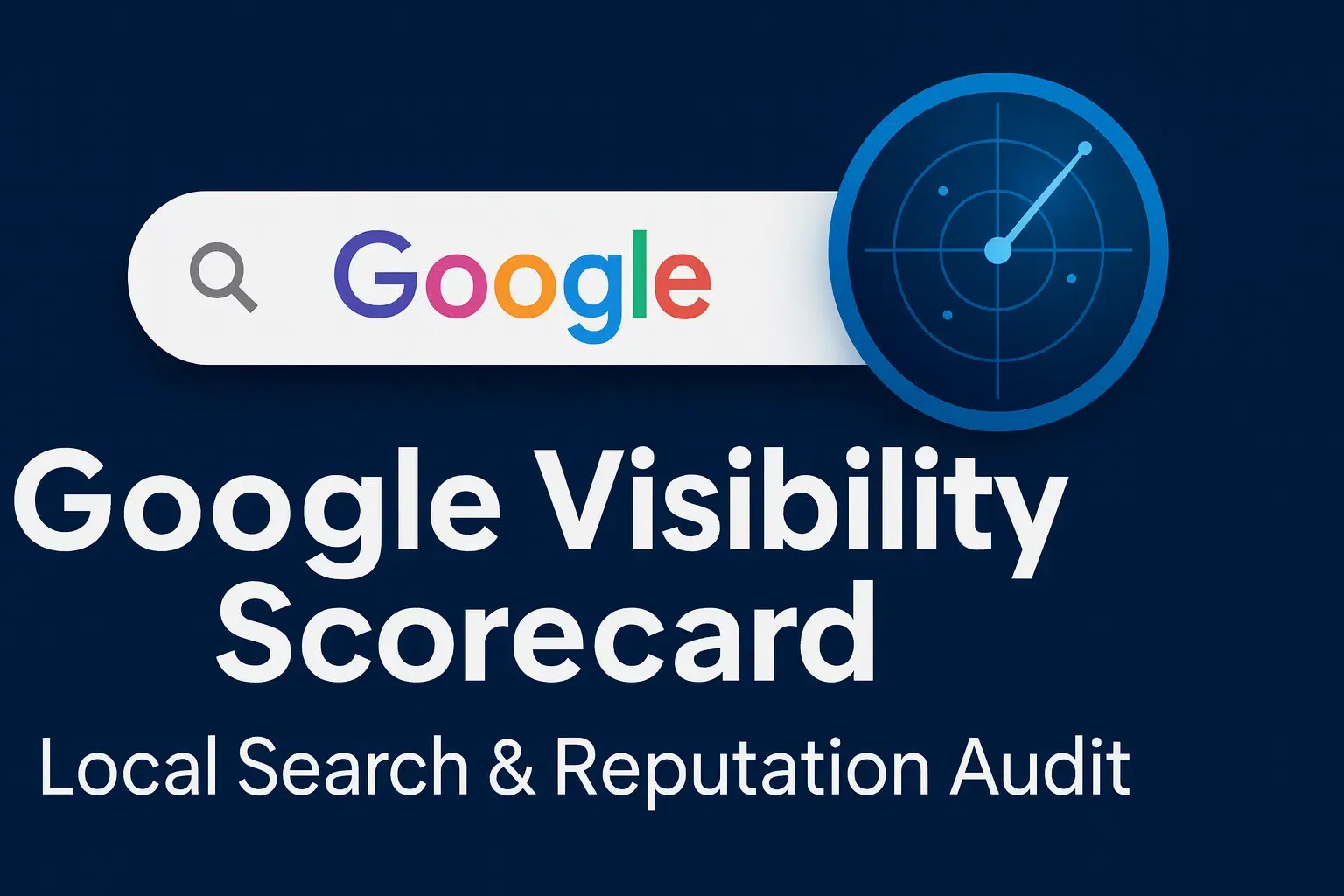
What Is a Google Visibility Scorecard?
Introduction to your Google Visibility Scorecard Most business owners assume Google sees their website the same way they do – clean, clear, and intentional. But Google doesn’t think like a human. It sees signals, Patterns, Entities, Relationships, and most of







